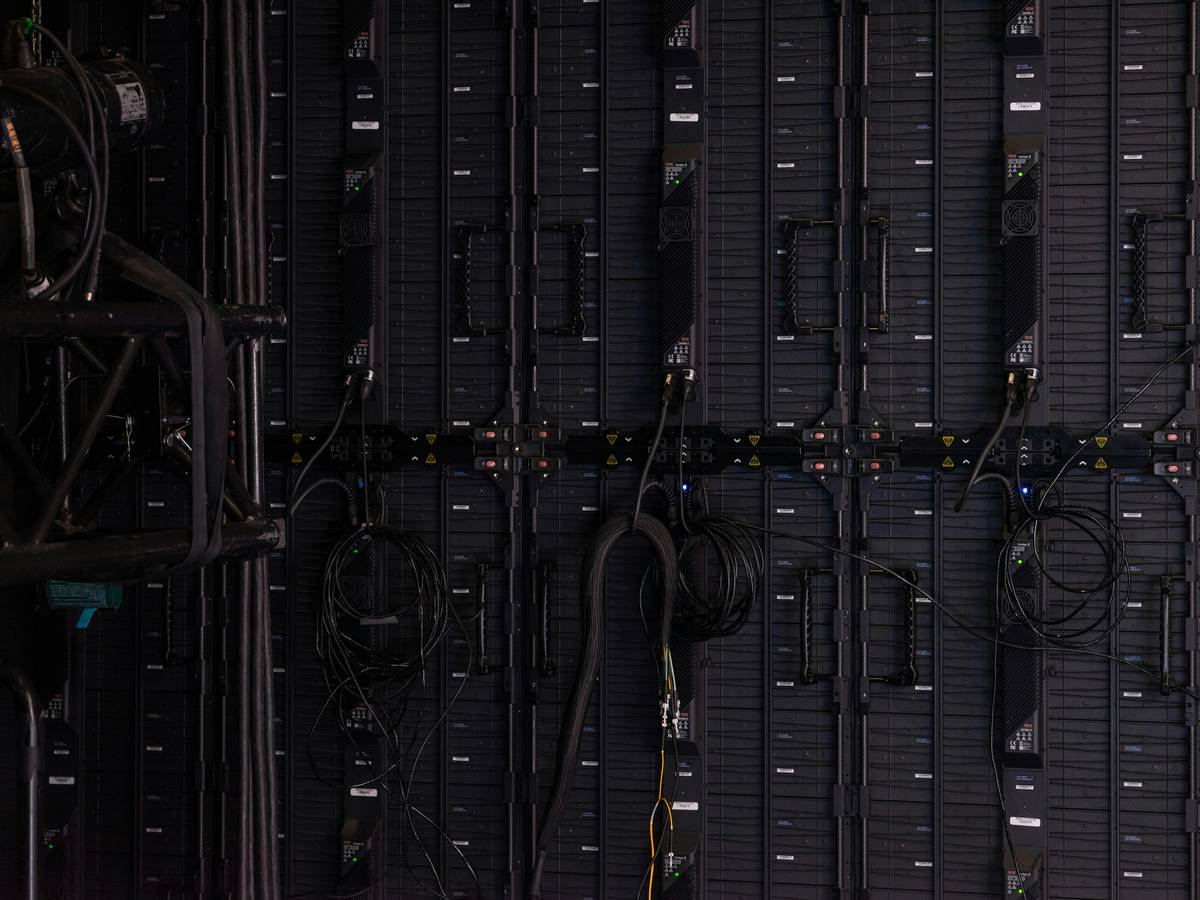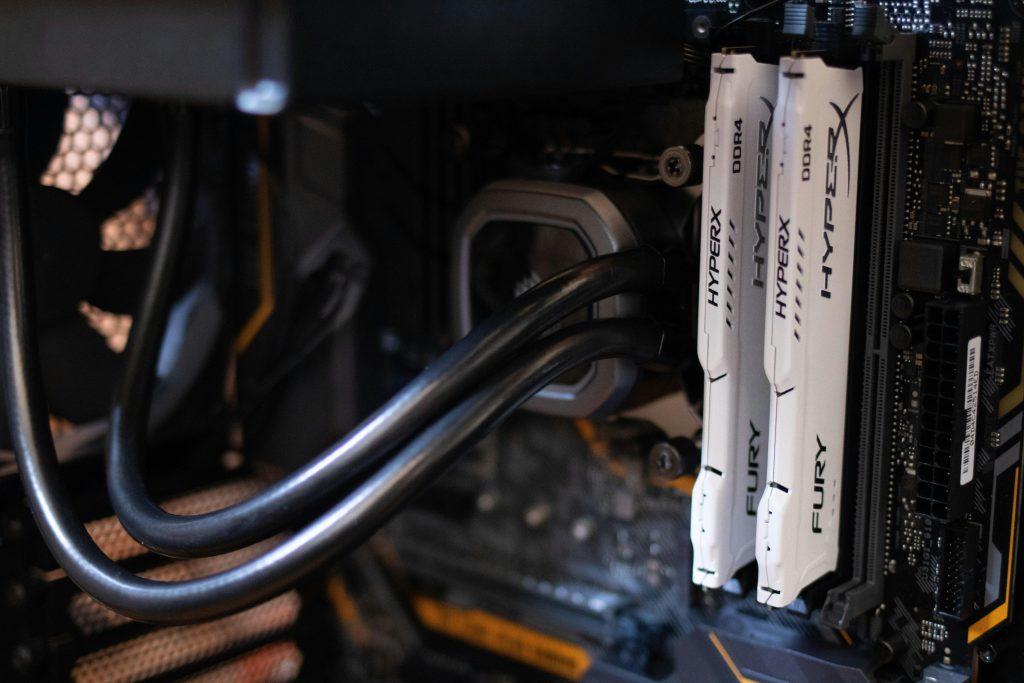“Ever watched your server crash during a critical product launch and thought, ‘Is this the end of my career?'” Yeah, us too. Today, we’re diving deep into the art (and science) of server crash recovery—because downtime is not an option.
In this guide, you’ll learn how to build fault-tolerant systems, recover from server crashes like a pro, and avoid rookie mistakes that could cost you dearly. By the end, you’ll have actionable strategies you can implement immediately.
Table of Contents
- The Problem with Server Crashes
- Step-by-Step Guide to Fault Tolerance
- Best Practices for Server Crash Recovery
- Real-Life Examples of Resilient Systems
- Frequently Asked Questions About Server Crash Recovery
Key Takeaways
- Fault tolerance isn’t just about backup—it’s about seamless recovery.
- A well-designed recovery plan minimizes downtime and protects data integrity.
- Rookie mistake alert: Skipping regular stress tests on your servers.
- Tools like automated failover systems are game-changers in server crash recovery.
Why Server Crash Recovery Matters More Than Ever

Picture this: A Fortune 500 company loses $5,600 per minute during unplanned downtime. Ouch. Now, add reputational damage, lost customers, and internal chaos to the mix. That’s why mastering server crash recovery has become non-negotiable in cybersecurity and data management.
Confessional Fail: Once, I ignored setting up proper redundancy protocols because “it won’t happen to me,” only to face a catastrophic database corruption two weeks later. Spoiler: My boss didn’t laugh when our eCommerce site went offline for six hours.
Optimist You: “Fault tolerance ensures smooth operations even under pressure!”
Grumpy You: “Yeah, but first, someone’s gotta pay for those expensive redundant servers.”
How to Build a Rock-Solid Fault Tolerance Strategy
Here’s where things get technical—but don’t worry; we’ll keep it digestible while staying Google-friendly. Follow these steps to bulletproof your system against server crashes:
Step 1: Assess Risk Areas
Conduct a thorough audit of your infrastructure. Identify single points of failure—a misconfigured RAID array or overloaded CPU can bring everything down.
Step 2: Implement Redundancy Mechanisms
Leverage tools like load balancers, mirrored databases, and geographically distributed servers. This setup keeps your system running even if one component fails.
Step 3: Automate Failover Processes
Use software solutions such as HAProxy or AWS Auto Scaling to automatically reroute traffic away from crashed servers. Automation reduces human error and speeds up recovery.
Step 4: Regularly Test Your System
Simulate real-world scenarios through stress testing. Tools like Apache JMeter help identify weak spots before they cause actual trouble.
Pro Tips for Flawless Server Crash Recovery
- Maintain Offsite Backups: Store backups in separate physical locations to safeguard against disasters.
- Monitor Continuously: Use tools like Nagios or Datadog to detect anomalies early.
- Train Your Team: Ensure all team members know their roles during a crisis. Run mock drills regularly.
Rant Alert: Why do people still rely solely on manual backups? It’s 2024—automation exists for a reason!
Lessons from Companies That Did It Right

Tech giant Netflix uses Chaos Monkey, a tool designed to randomly terminate instances within its architecture. Sounds counterproductive, right? But by forcing engineers to prepare for chaos, they’ve built one of the most resilient platforms globally.
Meanwhile, small startups often overlook fault tolerance until disaster strikes. Pro tip: Don’t wait until you’re scrambling to restore lost customer data.
FAQs About Server Crash Recovery
What causes a server to crash?
Common culprits include hardware failures, software bugs, network issues, and overwhelming traffic spikes.
How long does server crash recovery typically take?
It depends on preparation. With solid contingency plans, recovery could be minutes. Otherwise, expect hours—or worse.
Are cloud services better at preventing crashes?
Cloud providers offer robust scalability features, making them excellent choices for building fault-tolerant environments.
Conclusion
We started with a nightmare scenario—a sudden server crash. But now, armed with knowledge about fault tolerance and recovery strategies, you’re ready to prevent future meltdowns. Remember: Preparation + automation = peace of mind.
Like a Tamagotchi, your system needs constant care. So go forth, fortify your defenses, and never let a crash ruin your day again.


